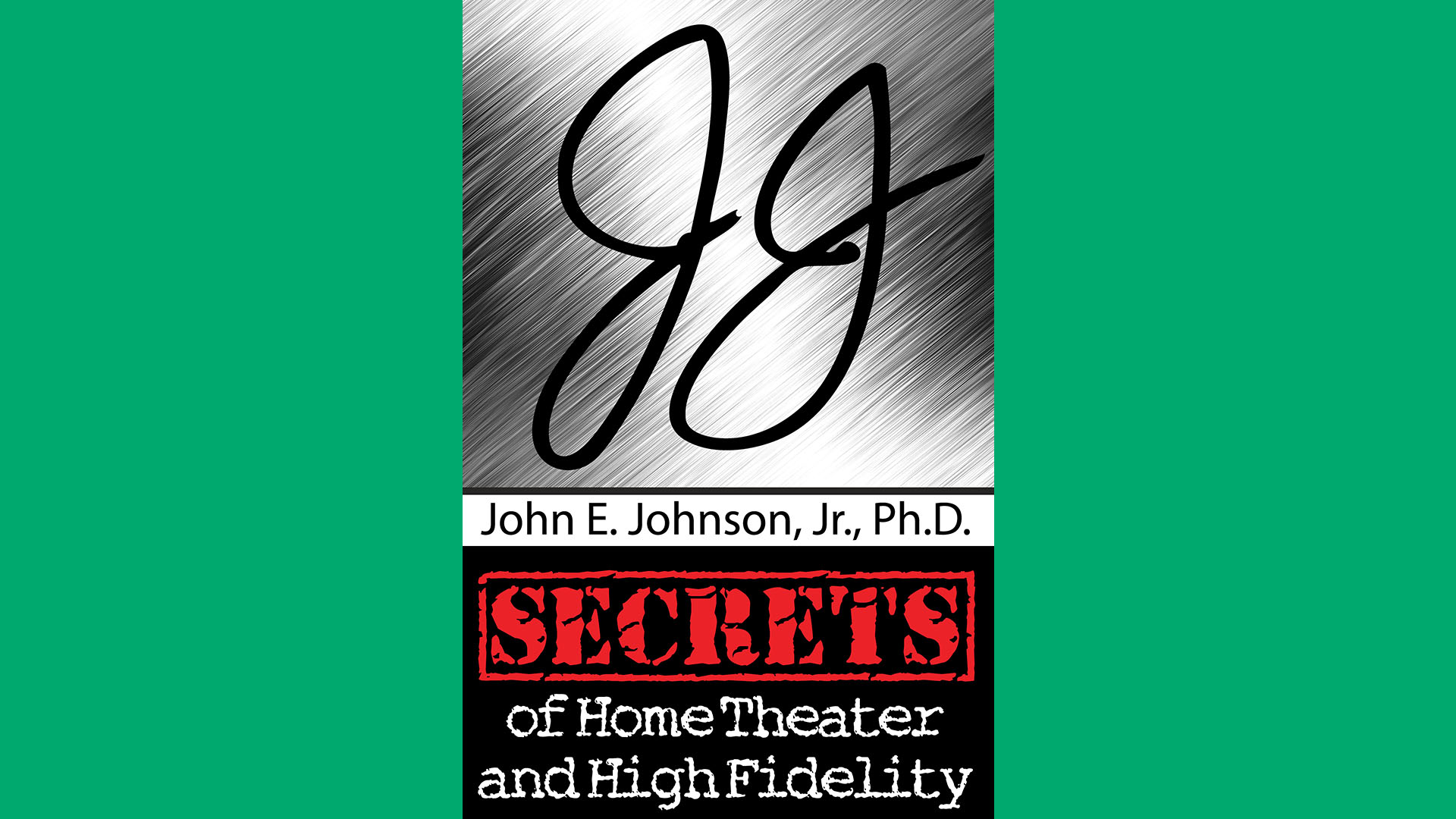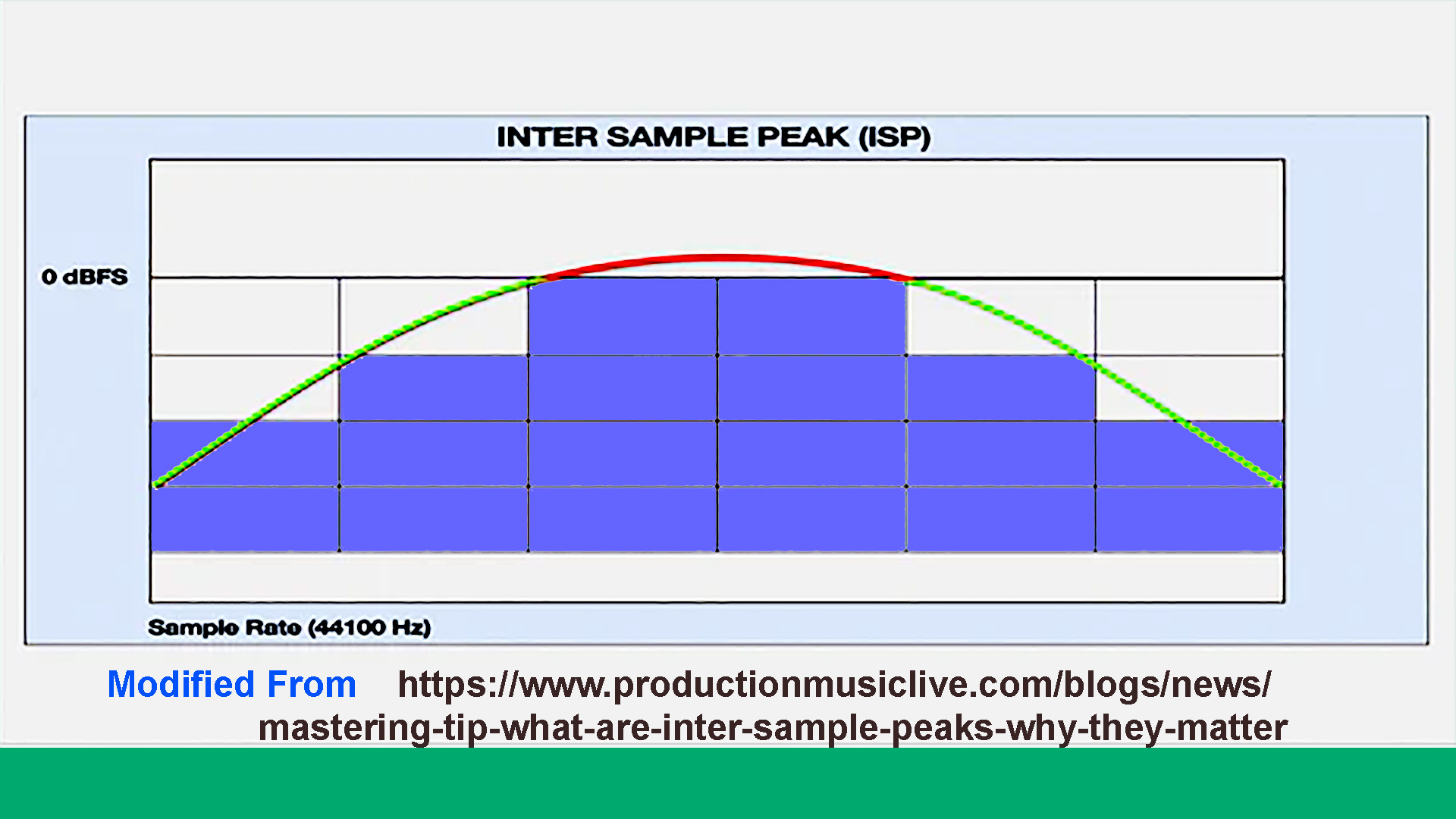For those of us who are vinyl afficionados, the past two decades have been very exciting. We bought turntables, nice phono cartridges, a phono preamplifier if one was not already present in our integrated amplifier, and lots of LPs, many of which are re-releases of old classical jazz, rock, and classical music.
It has been a whirlwind experience. Now that we have extensive LP collections, we are discovering that their manufacture, in many cases, included (and still includes) a digital intermediate in the signal path, usually playing the master analog tapes into an analog to digital converter, or ADC.
The digital conversion is either to PCM or DSD. PCM is Pulse Code Modulation, and DSD is Direct Stream Digital which is the generic version of SACD, in particular, DSD64. They can both be edited in the digital domain, but it is very difficult to do that with DSD because it induces errors and more noise.
So, part of the reason, perhaps the main reason, that we went into vinyl was that we wanted to experience vintage pure analog music, which vinyl certainly used to be back in the day.
Now, we find that the vinyl we have been enjoying is not pure analog, but a hybrid format, with both analog and digital versions of the music in the signal path.
The current protocol of at least one company is to record the master tape to DSD256 digital format. DSD64 is the equivalent of SACD. DSD formats such as DSD128 and DSD256 are higher resolution than SACD.
All digital formats are subject to several artifacts which include Jitter, Quantization Errors, and Aliasing, but the biggest issue is the clipping of intersample peaks. Jitter, quantization errors, and aliasing can easily be controlled to levels that reduce the resulting noise and distortion to levels that are 110 dB to 140 dB below the peak level of the music. These artifacts are well below audibility in a good digital system. In contrast, clipped intersample peaks are very audible. They produce bursts of distortion that are just 30 to 40 dB lower than the peak level of the music. These bursts of distortion are well above audibility.
Intersample clipping occurs in Sample Rate Converters, abbreviated SRC, and in the interpolation filters of oversampled Sigma Delta converters. It is caused by the conversion, in the DAC, of two samples close to 0 dBFS to the smooth audio waveform which ends up going above 0 dBFS.
This is called an intersample peak because the analog peak is between two digital samples and since the peak is above 0 dBFS, it is a clipped signal.
Here is a graph showing the digital samples in violet and the analog conversion with the non-clipped portion of the waveform in green and the clipped portion of the waveform in red.
Graph of Intersample Peaks that Indicate Intersample Clipping
Sample Rate Converters need to be further discussed here. They could be an ASRC (Asynchronous Sample Rate Converter), the upsampler in an upsampled Sigma-Delta DAC, or the downsampler in an oversampled Sigma-Delta Analog-to-Digital Converter (ADC). All of these specialized devices can be categorized as sample rate converters.
The sample rate conversion process needs headroom to prevent clipping. Any signal that reaches a level higher than -3 dBFS, may cause clipping in a fixed-point sample rate converter. The hi-fi industry needs to gain an understanding of this major issue.
I have seen a recommendation on websites that deal with pro-audio digital recording, to limit the digital recording to being below -1 dBFS, but this does not take into account the increased limits that are needed with commonly used Sample Rate Converters.
The clipping of intersample peaks is the most audible defect in most digital systems. It is far more audible than jitter-induced distortion or quantization noise and distortion.
In many digital systems, the clipping of intersample peaks may be the only defect that exceeds the threshold of hearing when playing music.
Fortunately, this defect is completely avoidable if the digital system is never driven above – 3.01 dBFS. It can also be eliminated with specially designed converters.
The sound produced by the clipping of intersample peaks is what distinguishes digital from analog systems. When this clipping is eliminated, digital systems are felt by many to be indistinguishable from pure analog systems. Unfortunately, very few DACs can reproduce audio without clipping intersample peaks.
Jitter is caused by variations in the time interval between samples. Ideally, the interval would be constant, but that is not the way it works out. Jitter of more than 20 picoseconds, that is, 20 trillionths of a second, are audible as harshness. It creates side bands around the frequency that is jittered, and usually, if jitter is present, it occurs at multiple frequencies which are not harmonics of the musical signal.
Quantization errors occur when the analog music is digitized. Sampling is done along the musical signal, and there are a finite number of levels assigned depending on the format. For 16 bit digital, which is the case for 16/44.1 PCM, there are 216 levels which is 65,536.
These positions are fixed, and represent voltage levels up to 0 dBFS, that is 0 dB full scale. They are transmitted at a constant frequency of 44,100 times each second for 16/44.1 sampling. If the musical voltage is not exactly at one of the available values dBFS, it is assigned the nearest value.
With 65,536 sampling spots, there is a reasonable chance that many of the samples are close to, but not exactly, the actual voltage value. This is quantization error, and it is an amplitude error.
Most Analog-to-Digital Converters (ADCs) sample at higher rates, usually 8x, and some at 50 MHz.
Quantization error causes distortion. It can be remedied using noise shaping, which just means adding random noise.
Quantization errors cause distortion unless the digital system is dithered using a small amount of random noise. The random noise removes the distortion, leaving a pure white quantization noise that is entirely free of distortion.
If noise shaping is also used, the quantization noise energy can be shifted out of the audio band and into the region between 20 kHz and one half of the sample rate. With a 44.1 kHz sample rate, much of the noise can be placed between 20 kHz and 22.05 kHz, and this reduces the quantization noise below 20 kHz.
A dithered 16-bit system has a 93 dB SNR (Signal-to-Noise Ratio) without noise shaping. This is well below the 60 to 70 dB SNR of a vinyl record, and it will not contribute any measurable increase in the noise of the finished vinyl record.
16-bit quantization noise is a complete non-issue when inserted into the vinyl record production chain. A 24-bit digital intermediate would provide a 141 dB SNR. Neither digital system would add any noise to the finished product.
Aliasing occurs when the audio signal changes more than one half cycle between samples, which is the case for any frequency above 22.05 kHz with 44.1 sampling. Aliasing produces artifact tones at lower frequencies. For example, a 22,150 Hz tone will alias to 19,950 (44,100 – 22,150). A 44 kHz tone will alias to 100 Hz (44,100 – 44,000).
To prevent this from happening, low-pass filters are used at 20 kHz for 16/44.1 PCM. The problem can also be remedied by using high sample rates, such as 24/192. A low-pass filter is also used there, but it is at a frequency far above human hearing, so that phase shift, which would affect audible frequencies when the low-pass filter is set at 20 kHz, is not within the audible spectrum.
Aliasing is not an issue in a properly designed digital system. Sigma-Delta ADCs sample at very high sample rates and then apply low-pass filters to eliminate all of the frequency content that could cause aliasing. In some converters, this is done with linear-phase low-pass filters in order to maintain transparency, that is to say, no phase shift. At a 44.1 kHz sample rate, the type of filter used can have some impact on the sound.
If the digital intermediate uses a PCM sample rate of 88.2 kHz or higher, the type of filter used will have no impact on the audio band.
DSD is a 1-bit format. The original one was DSD64, and 1 bit samples, either a 1 or a 0, are taken at 2822.4 kHz, which is two million, eight hundred twenty two thousand, four hundred times each second (44.1 kHz x 64).
A bit having a value of 1 makes the signal increase, and a bit having a value of 0 makes it decrease, so by various combinations of 1’s and 0’s, the signal waveform is created.
The lower the number of bits per sample, the higher the noise, so, as expected, DSD has lots of noise. However, using noise shaping, the noise in the DSD64 format is moved up into the very high, inaudible region below 2822.4 kHz and above 20 kHz.
DSD64 is not necessarily a good choice for a digital intermediate. The high frequency noise produced by DSD must be removed before it reaches the vinyl cutting head. If this is not done, distortion will be produced in the cutting process.
If the high frequency noise is removed with an analog lowpass filter, the phase response of the signal may be altered near 20 kHz.
Secrets Sponsor
In all cases, DSD cannot be used without also using a good analog low-pass filter in front of the cutting head amplifier.
Newer DSD formats have higher sampling rates. DSD256 takes 1-bit samples at 11289.6 kHz (44.1 x 256).
So, let’s assume that modern LP production uses DSD256 digitizing of master analog tapes. DSD noise will likely still be a problem in the lacquer cutting process, so even 16/44.1 PCM might be better.
The irony here is that I personally like the sound of DSD better than PCM.
But, to me, that is missing the point of vinyl. Vinyl afficionados like vinyl because it was a totally analog process, from master tape to LP pressing, not simply that the vinyl has classical jazz and popular music of decades past.
It is possible that digital intermediates will ultimately produce a sound from the vinyl on our turntables that is subjectively more pleasing to the ears than if the master tape were copied to a dozen calibrated tape decks, and stampers created using the tape copies that were edited in an analog mixing panel, then a final tape copy that is used to cut the lacquer.
Here again, that misses the point. A pure analog signal path for vinyl creation has a distinct sound produced by multiple copying of the tape. It is a good sound that we like. If we wanted a digital version of the album, why not just purchase a copy of the DSD256 version of the tape? I have DSD versions of several of my vinyl albums, and they sound fine, but I still prefer the totally analog sound path.
I recently reviewed a vinyl remaster of a Miles Davis Quintet album. The process was totally analog. I compared it to a digital version, and the differences were very obvious, with the vinyl sound being preferred.
On the other side of the coin, I purchased a tape which was copied from a master tape of a jazz organist from the 1950’s. The music is great, but the sound quality was so awful, I digitized it myself and adjusted the EQ.
I suggest that the vinyl industry label albums that are remastered as either totally analog or hybrid so that we know what we are purchasing. Also keep in mind that nearly all modern recordings that are cut to vinyl are digital recordings. There, again, they should be labeled as hybrid in stores where vinyl is sold.
I have several hundred vinyl albums, and I enjoy them very much even though they are very likely mostly created using digital intermediates. They sound great, but I still would prefer them to be totally analog from master tape to vinyl pressing even if the sound is subjectively not as pleasing.
I will continue to purchase vinyl but will have to tell myself that the production techniques are just the way things are. I will treasure those albums which are analog from start to finish even though they are often very expensive.
Again, I urge vinyl production companies to label the album as pure analog or hybrid so that we know what we are purchasing. We, some of us, forgive you for the past and for using digital intermediates for a variety of reasons. We just want to know. While you are at it, specify if any of the modern analog tape re-issues of old analog tapes have digital intermediates. We deserve to know.
Acknowledgement: I express my appreciation to John Siau of Benchmark Media for his help in the preparation of this editorial.




